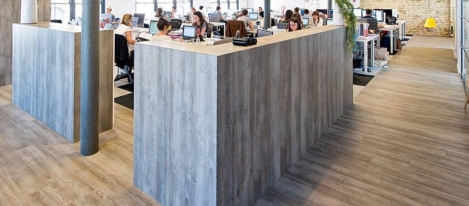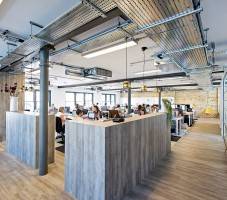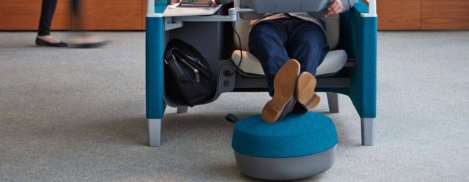July 8, 2015
Productivity starts with people, advises CIPD ahead of today’s Budget
 Investing in people’s development and offering flexible working practices can help organisations boost productivity. This is according to research by the CIPD published ahead of today’s budget, which the Chancellor has said will put the emphasis on improving UK productivity. The report: Productivity: Getting the Best out of People, explores the factors that help to explain why some businesses have higher productivity than others and finds that there are clear links between productivity and how people are managed at work. The report finds that performance tends to be higher in businesses where there is a focus on higher quality products or services rather than only on low cost and where workplace culture is clearly aligned with the future direction of the business. Investment in workforce training and an intelligent approach to the implementation of ‘smart’ or agile working practices also has a positive impact.
Investing in people’s development and offering flexible working practices can help organisations boost productivity. This is according to research by the CIPD published ahead of today’s budget, which the Chancellor has said will put the emphasis on improving UK productivity. The report: Productivity: Getting the Best out of People, explores the factors that help to explain why some businesses have higher productivity than others and finds that there are clear links between productivity and how people are managed at work. The report finds that performance tends to be higher in businesses where there is a focus on higher quality products or services rather than only on low cost and where workplace culture is clearly aligned with the future direction of the business. Investment in workforce training and an intelligent approach to the implementation of ‘smart’ or agile working practices also has a positive impact.
































July 6, 2015
Humans will remain at the heart of the emerging digital workplace
by Maciej Markowski • Comment, Flexible working, Technology, Workplace design
(more…)